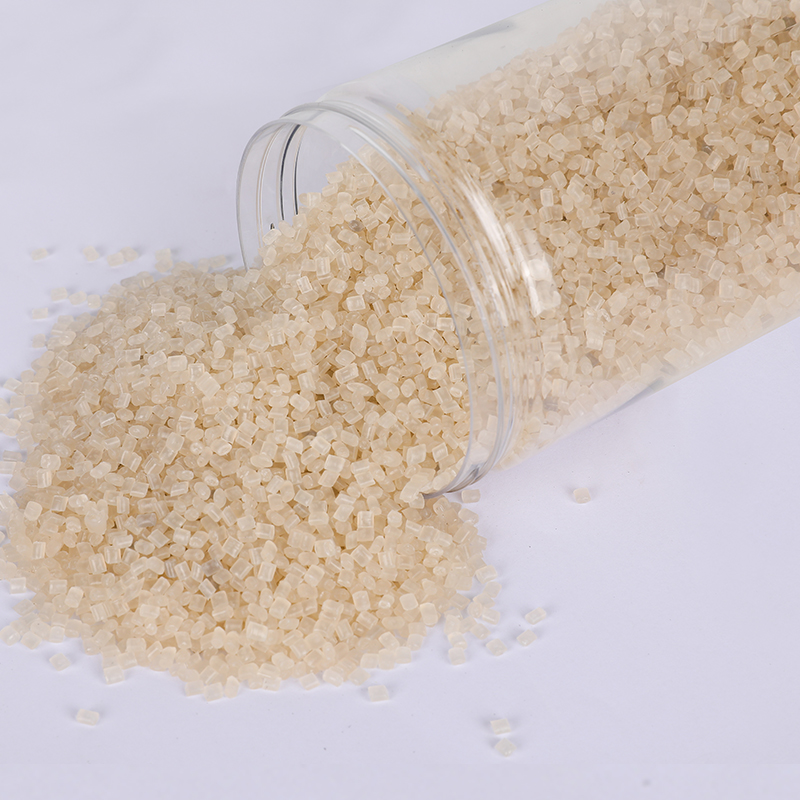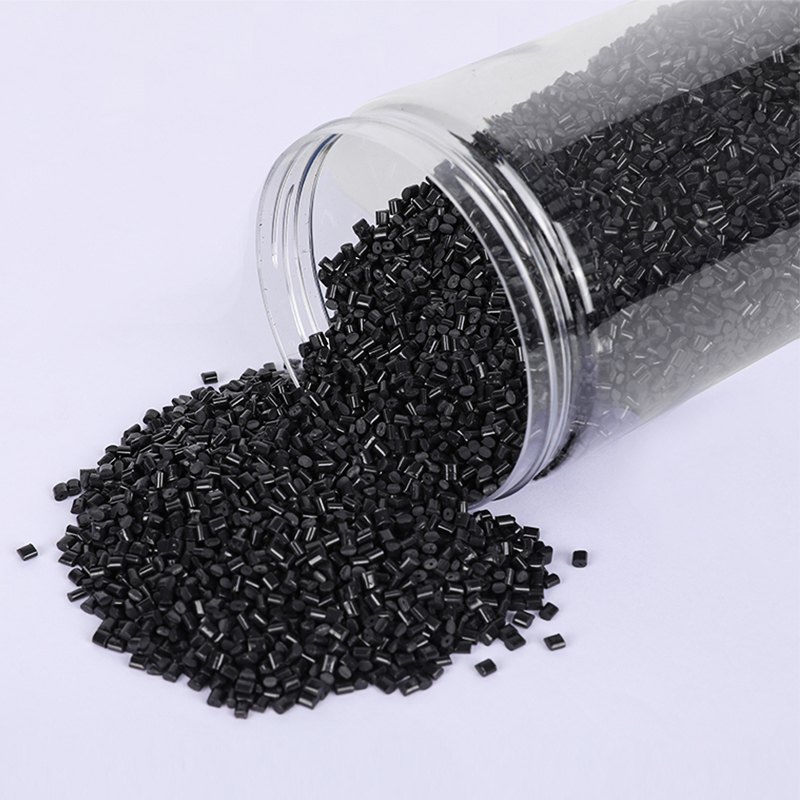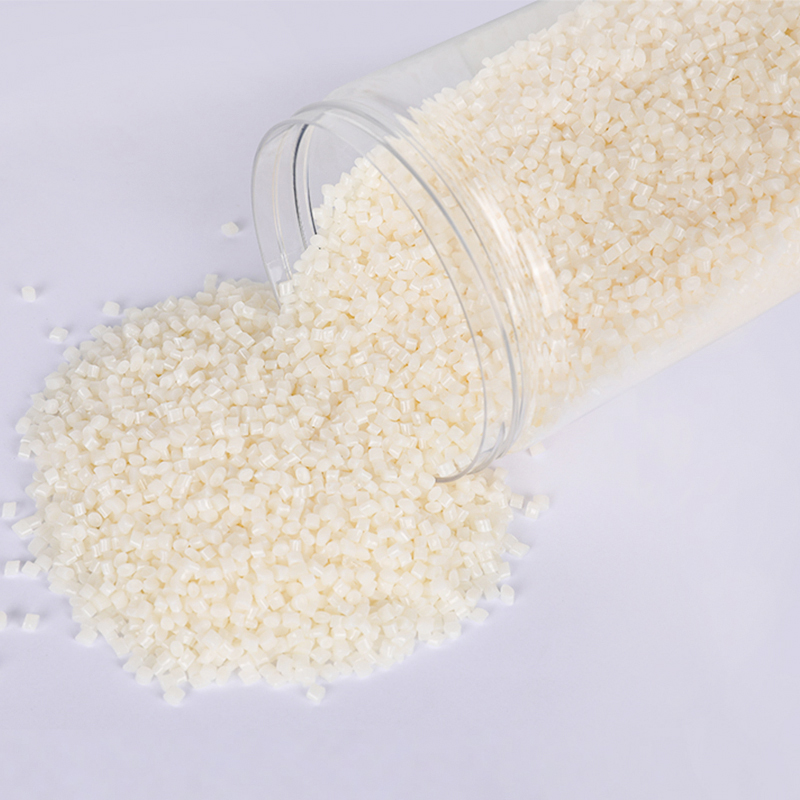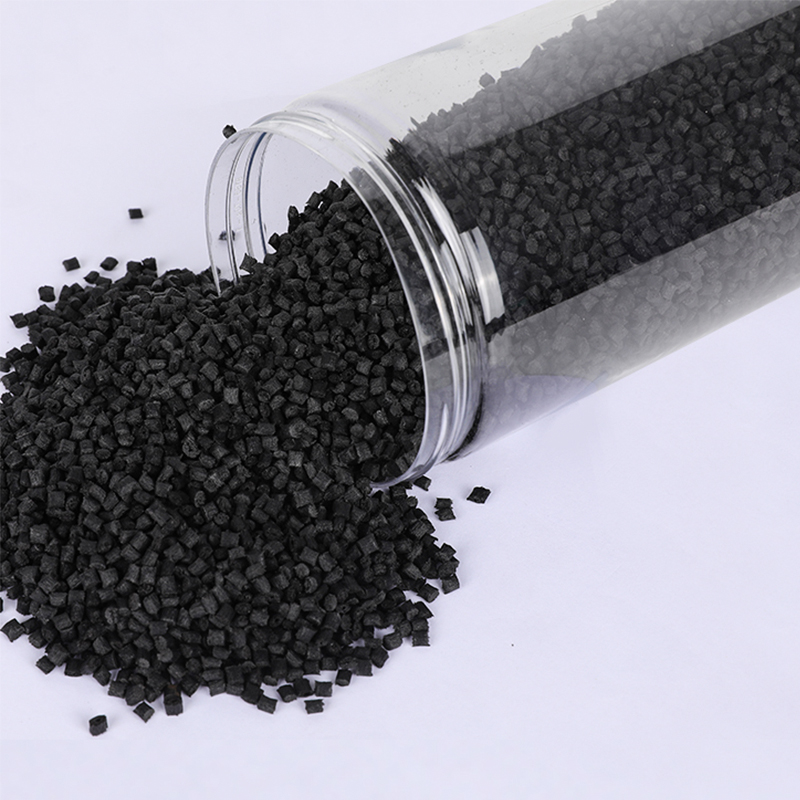Stay up to date with our recent products
Web Menu
Product Search
Exit Menu
What are the typical sources of post-consumer and post-industrial waste used in RPA production?
Post-Consumer Waste (PCW) Sources:
Post-consumer waste refers to discarded materials that have served their intended purpose and are now ready for recycling. In the context of RPA production, PCW sources include a wide array of nylon-based products that have reached the end of their lifecycle. These products encompass:
Textiles: This category includes clothing items, carpets, and other fabric-based products made from nylon or polyamide materials.
Automotive Parts: Components such as car bumpers, interior trimmings, and under-the-hood parts made from polyamide contribute significantly to PCW in RPA production.
Industrial Equipment: Machinery and equipment in various industries contain polyamide components that can be reclaimed for recycling.
Household Items: Everyday items like plastic containers, kitchenware, electronic device casings, and packaging materials constitute a substantial portion of post-consumer polyamide waste.

On the other hand, post-industrial waste originates from manufacturing processes and industrial operations. These sources play a vital role in supplying clean and high-quality polyamide waste for Recycled Polyamide production. PIW sources include:
Manufacturing Scrap: During the production of nylon products, offcuts, trimmings, and rejects are generated, forming a significant portion of post-industrial waste.
Textile Industry: Textile mills and manufacturers contribute PIW through the trimming and excess materials produced during the fabrication of nylon fabrics and garments.
Industrial Excess: Various industries generate surplus polyamide materials that can be repurposed, such as packaging companies, construction firms, and consumer goods manufacturers.
Recycling Process:
Once collected, post-consumer and post-industrial waste undergo a meticulous recycling process to extract and refine the polyamide components. This process may involve:
Sorting: Waste materials are sorted based on polymer type, color, and contaminants to ensure a consistent and high-quality feedstock.
Cleaning: Cleaning processes remove impurities, dirt, and residues from the waste materials, preparing them for the next stages.
Shredding/Melting: The sorted and cleaned waste is either shredded into small pieces or melted down to form pellets or flakes.
Extrusion: Through extrusion, the polyamide material is reformed into usable granules or filaments suitable for manufacturing new products.
Chemical Treatment (Optional): In some cases, chemical recycling methods such as depolymerization may be employed to break down polyamide into its original monomers for further refinement.
As China PCR Recycled Plastic Granules Factory, We always adhere to the experience and philosophy of "keeping up with the times, constantly innovating, developing efficiently, and cooperating for mutual benefit"

Address: No.11, Wangzhuang Section, Provincial Road 01, Daqiao New Area, Economic Development Zone, Haiyan County, Jiaxing City, Zhejiang Province, China
Phone: +86-18058285678
Fax: +86-0573-86868101
E-mail: [email protected]
SUNRISE GROUP(Overseas Exclusive Agent)
www.sunrisechemical.com
2024 ICIS Global Chemical Distributor Top 8
Export Sales Manager:Helen Zhang
Mob/Whatsapp: +86 19883063465
Email: [email protected]
Copyright © Jiaxing Anyiju Plastic Industry Co., Ltd. All Rights Reserved

 简体中文
简体中文 English
English







